

Answering: "Do we need to amend our current address/street data?"
When integrating definitive address or street data, one of the initial steps is to conduct a match to determine how many records differ in the existing system compared to the "official address" or "official street name".
Where possible, any address or street which is different should be aligned in order to reflect the legally known name. Doing this avoids confusion and aids communication as this "official" representation will be used by all wider consumers of the data (central government, local government, health, finance, insurance, utilities etc).
However, some departments may be heavily against correcting their address or street data due to it creating other problems. For example; avoiding resident complaints due to local authority correspondence containing a different representation of their address (even though it is the official version).
This position often leads to a stalemate and integration is halted. If this is the case, integration should not be abandoned, rather it can still take place, although in a limited form.

Integration is still possible
To mitigate this, the UPRN or USRN must be present within the system with the compromise being that the address or street information can exist as they are currently known, even if it is different from its "official" representation.
Having the UPRN or USRN held against the address (albeit different) will enable users of the data (for example when exported) to look up what the official address / street name is if needed. The UPRN and USRN act as a link to the definitive information.
If this is the preferred option for integration, then the UPRN or USRN must be visible in the software system's user interface so officers can see it and therefore use them as a reference when communicating to other departments regarding properties or streets.
Using the UPRN and USRN in correspondence provides an absolute, unambiguous reference compared to the address or street name alone and can avoid cases where the incorrect entity is referred to.

